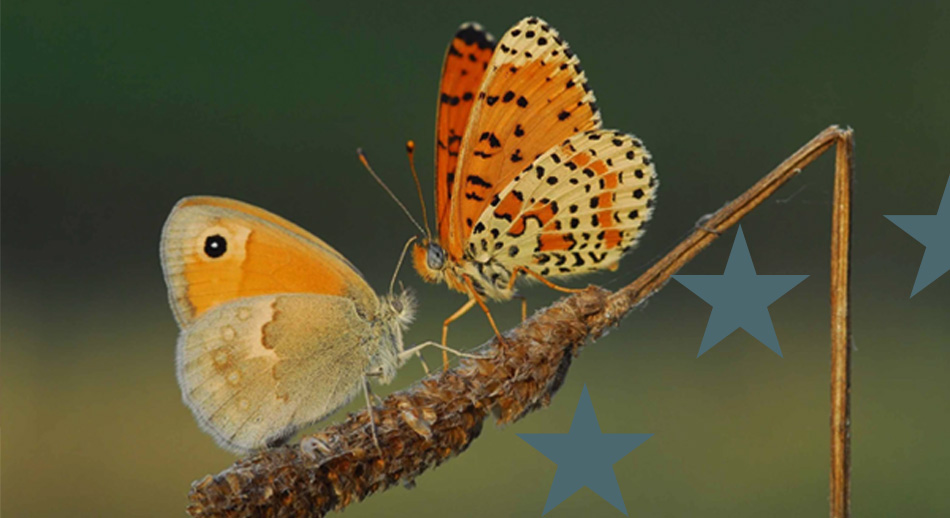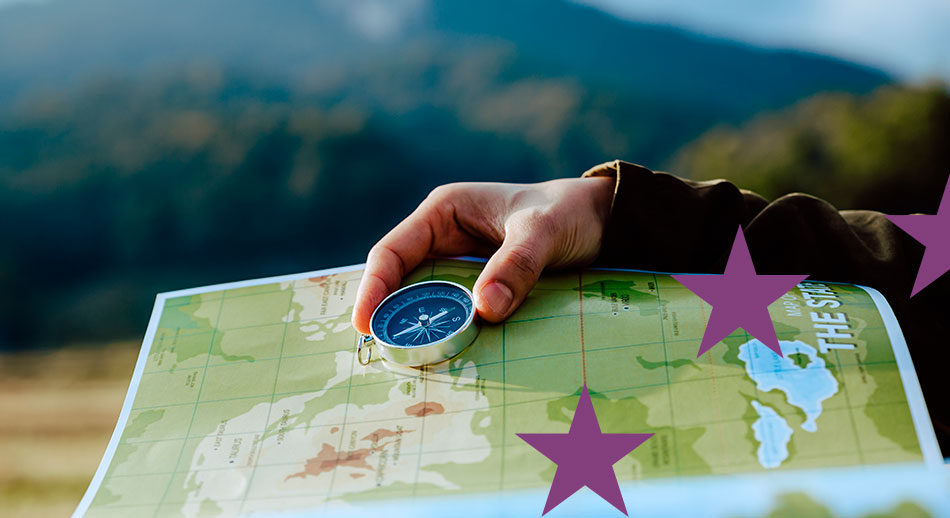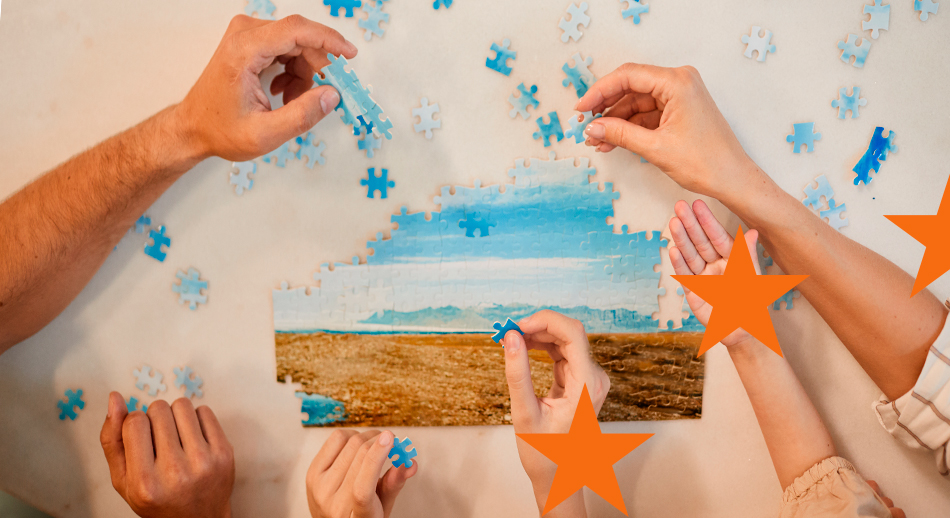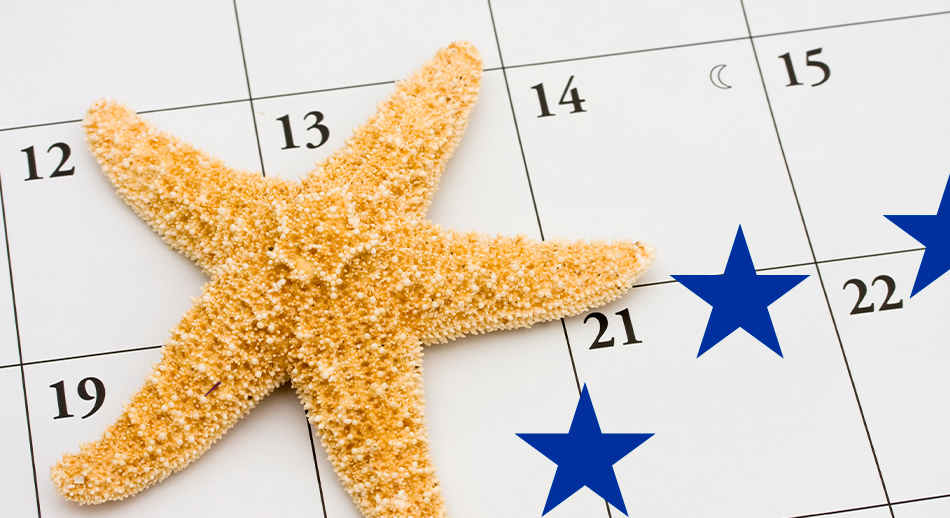European projects as a path to growth of an area: we discover the experience of Fondazione Cariplo in the fields of environment and culture.
European projects and the experience of the Cariplo Foundation
The Cariplo Foundation accompanies the development of an area experienced by 11 million citizens. A territory that includes 14 provinces, stretching from Novara to Mantua and generating more than one-fifth of the wealth produced in Italy.
For the Cariplo Foundation , as well as for the other partners in the Europlanning Guide, the ability to develop and implement European projects is part of this growth path. Support for European projects by Italian foundations has taken Various avenues and various forms : seminars, workshops, support initiatives, co-financing and co-design.
In this article we delve into the experience of Alessandra Valerio and of Paolo Siccardi, program officer of Fondazione Cariplo, which, consistent with the Foundation’s strategies and as directed by its organs, have initiated and managed a number of instruments to support European projects, respectively in the areas of Of art and culture and the environment.
Two areas that, as we shall see, follow different but equally interesting and rich paths for those wishing to approach European projects.
Let’s start with you: what was the path that led you to work on and support European projects?
Paolo’s experience, and his vision on European projects, start from a specialization in natural resource management and conservation, a field in which he has been active in Fondazione Cariplo for 16 years.
That’s right: my experience with European projects was born and developed within a thematic path aimed at protecting and promoting biodiversity, natural capital and ecosystem services.
The first opportunity arose from a feasibility study for the creation of ecological corridors, i.e., connecting areas that can provide spatial continuity for fauna and flora between non-contiguous protected areas. In this feasibility study, we saw an opportunity to try our hand at a European project, under the LIFE program, to be able to carry out the interventions.
The project was successful, and the experience gave us the idea to develop a tool aimed at accompanying organizations active in the environmental field in submitting European projects.
This instrument has been active for over 10 years and is called “ Co-financing of European Projects. “. In fact, it uses a variety of mechanisms: information and training activities on European instruments, design accompaniment through a mentoring service, and the possibility of accessing a share of co-financing. This tool accompanies the building of partnerships and European projects on several levels: awareness creation, capacity building, verification of the soundness of project ideas, support in their concrete implementation and (finally) co-financing.
It is a tool that has helped create and develop projects of great relevance to our area, appreciated locally and at the European level. One of these was selected among the best projects supported by the LIFE program.
This experience continues, in fact we are organizing the launch event of the new edition of this initiative, which will be held on May 8. It will be a content-rich event for those involved in European projects in the environmental sector, also accessible via streaming.
Alessandra, who has a background in economics and has been active in Fondazione Cariplo since 2007, has instead intercepted European planning from a different point of view, and with different results.
That’s right. The arts and culture sector is characterized by a structural search for funds and diversification of funding sources. For this reason, approaching European projects appeared as a promising avenue, which we wanted to take.
Through moments of active listening, we gathered the cross-sectional interest of cultural organizations, small and large, in experiencing European planning as an opportunity in terms of resources, learning, knowledge, relationships and impacts.
The possibility of co-financing on European calls for proposals, which we have offered for a number of years (2015-2020), has not generated a large number of proposals and projects co-financed with European funds. This has caused us to reflect on the ways and timing of the maturation of the internationalization propensity of organizations, which we have also stimulated by providing tools for organizational improvement and management capacity building for nonprofit organizations in the arts and culture sector (from 2006 to the present), as well as by supporting programs of collaboration among European cultural operators (e.g., the Tandem Europe Project. , built together with the European Cultural Foundation from the Tandem Program ).
We offered the opportunity to articulate longer and less direct paths of approach to European planning, aimed at triggering virtuous dynamics of change: the search for a differentiation of funding sources and the construction of a positioning that grows from the local to, in some cases, the European dimension, as an element of economic and cultural sustainability of organizations.
These paths have borne fruit, and some organizations have succeeded in achieving this I would say almost “existential” transformation, which then led them to successfully implement European projects as well.
They have not done so alone, but by developing over time and through different experiences contacts, exchanges and joint initiatives with other entities active on a supra-local scale. The process has been gradual and not for everyone, but a source of great satisfaction because it has enabled a true “irreversible” process of development and change.
A change in approach of which participation in European projects was “the tip of the iceberg.”
Two different but complementary and equally interesting experiences. Just as different, complementary and equally interesting are the areas in which you intervene. Paul, can you tell us a little more about the “Co-financing of European Projects” instrument?
The “Cofinancing of European Projects” instrument took off in 2010 and targets public and nonprofit entities in the environmental sector. It has a systemic vision: beyond the specific support actions it offers, it has as its main objective the creation of networks among actors in the area: networks that include strong actors with international exposure and capable of perfecting a project that can be applied on European calls. Networks that know how to create partnerships, which are the driving force behind any successful European project.
The initiative includes an annual seminar, which this year will be held on May 8. . It is a moment rich in insights and content. It is an opportunity for everyone to be informed and educated, and the starting point for identifying the actors in the area who are interested and whom we will be able to accompany. It allows these actors to get to know each other, exchange ideas, start a dialogue and create the conditions for a European partnership.
The channel of dialogue between the organizations, and between them and the Cariplo Foundation, remains open in the next stages. The goal is to be ready when the calls come out: which is not the beginning of the work, but the moment when contacts already initiated, partnership structures already sketched out, and project ideas already formulated, at least in broad outlines, are taken up. Individuals interested in support from the Cariplo Foundation can apply through a special application form (instructions available at the dedicated page ).
The facility offers a mentoring service carried out with individual subjects and using a professional former evaluator of European projects in the environmental sector. This service makes it possible to identify strengths and weaknesses of projects and partnerships and the most appropriate tools to start a possible project building process. Analysis of applications and mentoring enable the selection of partnerships and projects, with the goal of formulating competitive proposals. Projects in the environmental sector are medium to large in size and must meet strict standards to have a chance of success.
The facility accompanies on average between 4 and 6 projects each year, with an average size of between €3 million and €6 million, and co-financing provided by Fondazione Cariplo not exceeding 5 percent of total costs.
The approach is therefore selective (only the strongest projects continue the path to co-financing), but it is also geared toward local networking for participation in European projects. In fact, the co-funding share (which is relatively small compared to the size of the projects) is actually used mainly to facilitate participation in partnerships by smaller organizations, which struggle to anticipate the resources needed for the project.
This approach has paid off: in fact, about 50 percent of the projects supported by our instrument have been funded by the European Union. A very good percentage in the world of European projects. Most of the projects pertain to the LIFE program, but we have also worked with projects from the DEAR and Erasmus programs. Specifically, in the 2010-2023 period there were 21 winning projects from European calls for proposals co-funded by the Cariplo Foundation, for a total cost of about 107 M€, a European contribution of about 64 M€ and a Cariplo Foundation contribution of about 5 M€.
An initiative that was able to create a structured collaboration between actors in the environmental sector, aimed at implementing European projects together. What, on the other hand, has been the way forward for the arts and culture sector?
The instrument we proposed a few years ago for the co-financing of European projects in the arts and culture had different characteristics that sought to address the typical criticalities of some organizations in the sector: first and foremost, an organizational structure that tended to be small, undersized in relation to the variety and complexity of the activities carried out, a local orientation and a fragmented nature of the reference “ecosystem.”
Unlike the Environment Area’s experience, the European project co-financing instrument did not include a specific training and mentoring service, which would have been more complex to offer due to the variety of European calls the cultural sector could access.
The instrument was also aimed at entities that did not intend to participate as lead partners and smaller projects, mainly under the Creative Europe program. The instrument saw the leverage of co-funding as a way to stimulate collaboration between organizations in the area and their potential European partners, which are often larger, more structured and better prepared in the area of design. In fact, partnering with more experienced players is a “high road” for less structured organizations wishing to measure themselves against European projects.
The tool did not intercept the desired level of planning, but it did help to highlight the main obstacles to participation in European projects by cultural organizations in the area: organizational and management difficulties (often lacking specific in-house experience and expertise and the resources to fill this gap) and weak links with the European and international dimensions. The leverage of co-financing was an important factor, but in some cases not sufficient to remove these obstacles.
There were mainly two paths taken as a result of this experience.
The first, already mentioned, is that of organizational and managerial strengthening, which enabled the beneficiaries to activate positive dynamics of change in their approach to resources and “strategic positioning” of the organization.
The second, which is equally important, concerns strengthening the capacity of organizations to create partnerships from their local area to the European level. There is no “course” for creating partnerships-it is a dynamic that arises and evolves through concrete opportunities. The work of Fondazione Cariplo has provided several opportunities through specific projects. I give some examples.
The Europe Challenge Program supports and accompanies the work of nonprofits as expressions of communities within and from libraries, understood as spaces for dialogue and civic activation. It is a’broad European initiative, in which libraries and communities focus on a local problem, which is often present in multiple contexts in Europe. It enables cultural workers to meet, network, train and work together from a European perspective.
The project Culture of Solidarity Fund – Just Transition stimulates cultural workers to engage on a challenge of European significance: to achieve a just transition by experimenting with sustainability-oriented cultural initiatives. Participants act in European partnerships, facilitated by dedicated “matchmaking” opportunities. It is a’ initiative which also involves Fondazione CRT and Fondazione CRC, partners in this Guide, and Fondazione Compagnia di San Paolo.
Both projects were born and developed thanks to the initiative and support of a major European partner, the European Cultural Foundation .
These outreach and experimentation initiatives provide opportunities to make contacts and participate in networks that are essential for entering (effectively) into the complex arena of European funds and projects.
We are now reflecting on new steps to take in this journey, actively listening to views and insights from cultural practitioners and organizations starting from our area.
A true path of growth, of a whole territory and 360 degrees. The two paths are different, but they actually have some commonalities. What do you think, Paolo?
I think so. Both paths confirm that strong and lasting networking is an approach that works and enables success on European projects. Building a network takes time, opportunities for exchange and opportunities to build mutual understanding and trust. Once networks are established, they know how to gradually extend and develop capabilities to deal with ever larger and more complex challenges. And also increasingly large and complex European calls.
For example, some of the partnerships we have accompanied have gradually changed and expanded their membership, and have been able to develop responses and projects on increasingly complex calls: first a LIFE project (LIFE GESTIRE), then an integrated LIFE project (LIFE IP GESTIRE 2020), and finally a strategic LIFE project capable of involving all of northern Italy (LIFE NatConnect 2030).
Which is precisely the growth path that, with different paths, is taking place in the arts and culture sector.
That’s right. I also note this development relative to small organizations and in specific cases. Organizations and some internal figures gain experience, skills, competencies and contacts that enable them to implement European-wide initiatives. Participation in a European project is a training ground and an important step in this journey. So they achieve enough awareness and maturity to play the lead role in a successful European project. These experiences represent value for the area, for the organizations implementing the activities and for their beneficiaries. In addition, cultural organizations with European experience become disseminators of opportunities on their own territory and sources of inspiration for other actors in the field, facilitating their approach to the European dimension.
This evolution has affected and affects several organizations we have supported, which will have the opportunity to tell the story directly. It is a gradual process, requiring perseverance and commitment, broad and structural, and it is working.
The initiatives we launch-even those mentioned above that do not directly involve European programs-are seeds that, in the medium term, generate new projects that transform the DNA of organizations, making them open, more capable and competitive at the European level.
This path is also food for thought, and a wish, for those who are approaching European projects through this Guide. We will continue on this path with other initiatives, and we will keep you updated.
Thank you Alessandra! And you Paolo, how would you like to greet our readers?
I greet them by inviting them to attend our presentation on May 8. The program and registration link can be found at this page. We will make the video of the meeting available. It will be an excellent opportunity to learn more about LIFE projects and other European instruments dedicated to the environmental sector, and to hear news, tips and testimonials.
And as Alessandra said, we will continue on this path and keep you updated. I would be happy to introduce readers of the Guide to Europlanning to some of the people, performers and projects developed through the European Project Cofinancing tool. Stories of successful European projects, but also and above all stories of promoting biodiversity, protecting wildlife and plant species and natural areas, and of citizens working together to meet this common challenge.




